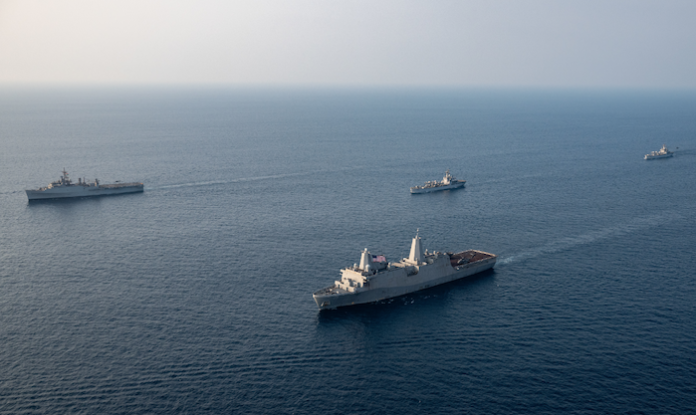India and the US conducted the tri-service humanitarian assistance and disaster relief (HADR) amphibious Exercise Tiger Triumph 24 from 18-31 March. The Harbour Phase of the exercise was conducted at Visakhapatnam from 18 to 25 March and included pre-sail discussions, discussions of HADR procedures as well as sports fixtures to further enhance camaraderie between the participating armed forces personnel of both nations.


